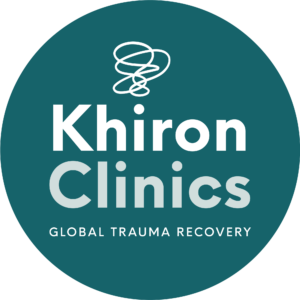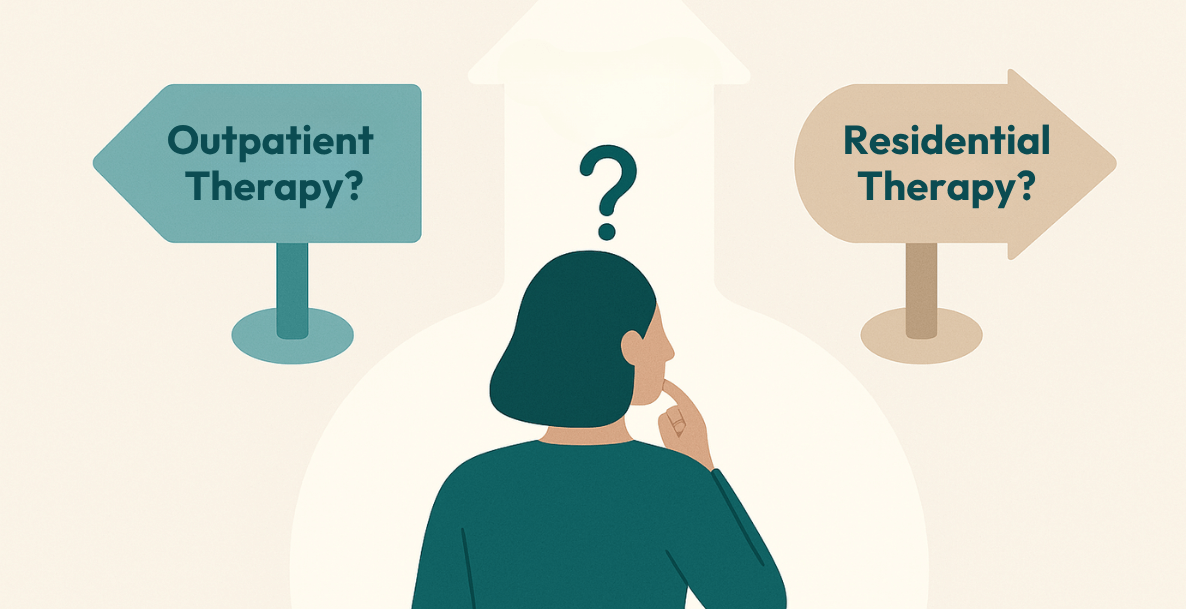Sensorimotor art therapy is a powerful tool for healing trauma, particularly among children and teenagers.
Decades of neurobiology research have demonstrated that trauma reactions are not only caused by distressing memories, thoughts, and feelings but are experienced on a sensory level. Successful trauma therapy teaches individuals to ‘come to their senses’ and approach their recovery through body and mind.
There are numerous body-focused trauma treatment modalities, including somatic experiencing, eye movement desensitisation and reprocessing (EMDR), neurofeedback, sensorimotor psychotherapy, and sensorimotor art therapy.
Understanding the Term Sensorimotor
The term sensorimotor comes from Jean Piaget’s theory of cognitive development.[1] This renowned theory suggests that intelligence changes as children adapt and grow through various stages. Cognitive development within children is not simply about acquiring skills, language, and knowledge, but developing a sensory mental model of the world around them.
The sensorimotor stage is one of four stages:
- Sensorimotor: birth to 2 years
- Preoperational: 2 to 7 years
- Concrete operational: 7 to 11 years
- Formal operational: ages 12 and up
The sensorimotor stage, from birth to 2 years of age, is a time of rapid cognitive growth. Through coordinating sensory experiences such as seeing and hearing, with motor actions like reaching and touching, infants build a picture of their surroundings and their place within them.[2]
What is Sensorimotor Art Therapy?
Mental health and health care have shifted away from prioritising talking-based therapies towards employing more integrative treatment strategies.
Sensorimotor art therapy has gained popularity in recent years as the reparative factors of imagination, sensory-based expression, movement, somatic experiencing, and creative freedom are greater understood.
Psychotherapeutic talking-based work is still important in unlocking habits, patterns, locked memories, and thought formations. However, it is now understood to be most effective combined with body awareness work, especially with children who struggle to articulate themselves or even understand themselves.
This type of therapy is a multi-modal approach. It encourages artistic expression through media such as:
- Painting
- Drawing
- Imagination
- Movement
- Sound
- Dance
- Enactment
- Play
This therapy encourages contact with more profound somatosensory expression to enable the individual to confront bodily awareness of not only distress but also pleasure, joy, and contentment.
Sensorimotor Art Therapy and Childhood Trauma
Traumatic events in childhood can have a lasting, destructive impact on a child’s life and shape a child’s worldview.[3] As already noted, childhood is a pivotal period for cognitive development, and a traumatic experience and subsequent care influences the brain significantly.
Children are affected by traumatic situations such as neglect, witnessing domestic violence, sexual, emotional, or physical abuse, a life-threatening accident, war, and natural disasters.[4] In response, children and adolescents are likely to exhibit a range of physical, mental, and behavioural symptoms which affect their physical and psychological health and overall well-being.[5]
Trauma is a person’s emotional response to a distressing experience that overwhelms the nervous system and leads to a freeze response.[6] This is where the stress and pain from the traumatic event become trapped within the body. The stored distress causes significant emotional and physical pain preventing the individual from moving on.
These individuals frequently find themselves cut off from their bodies and bodily experiences. In order to have a healthy notion of Self, correctly perceive the level of threat in our surroundings, and heal from past pain, it is imperative to have a robust body-kinesthetic connection.
Expressive Arts Therapist, Cathy Malchiodi, states, “To me, it is the integrative synergy of the arts, based on cultural traditions and current trauma-informed practice, that is requisite to addressing traumatic stress with most children, adults, families, groups, and communities.”[7]
Sensorimotor art therapy addresses trauma using body-resonant methods. The core principles of this type of therapy include:[8]
- Body awareness – the importance of rhythm, movement, synchrony to become more attuned to one’s bodily experience.
- Entrainment – one’s behavioural and physical connection to one’s environment.
- Sensory integration – understanding of one’s senses and how they correspond to motor actions.
- Interoception – perception of sensations inside the body.
- Exteroception – perception of stimuli outside the body.
- Proprioception/ kinaesthesia – the notion of self-movement and body position.
- Sensory overload – this occurs when the input from the five senses is more than the brain can
The two most common nervous system responses in trauma sufferers are:
- Hyperactivation – where the nervous system is in a perpetual state of high alert. This causes stress, anxiety, and over-regulation.
- Hypoactivation – The nervous system shuts down instead of being on high alert, scanning the environment for constant threat, causing numbing, withdrawal, and depression.
The aforementioned principles of sensorimotor expressive arts therapy act as a form of restoration for teenagers who struggle with the somatic responses to their past trauma.
By exploring the thoughts, feelings, emotions, and physical experiences of the trauma in a safe space, adolescents can learn coping mechanisms to face the distress and, in time let go of the pain altogether. Trauma is not a life sentence, and with the right therapy and support network, your child can go on to lead a healthy and fulfilling life.
At Khiron Clinics C+A, attuned therapists can help you work through and process any unresolved trauma using specialist techniques and methods. Please contact us today.
Sources:
[1] Miller, P. H. (2011). Piaget’s theory: Past, present, and future. In U. Goswami (Ed.), The Wiley-Blackwell handbook of childhood cognitive development (pp. 649–672). Wiley-Blackwell.
[2] Mcleod, Saul. “Sensorimotor Stage Of Cognitive Development | Simply Psychology”. Simplypsychology.Org, 2021, https://www.simplypsychology.org/sensorimotor.html.
[3] Copeland, William E et al. “Traumatic events and posttraumatic stress in childhood.” Archives of general psychiatry vol. 64,5 (2007): 577-84. doi:10.1001/archpsyc.64.5.577
[4] Saunders, Benjamin E, and Zachary W Adams. “Epidemiology of traumatic experiences in childhood.” Child and adolescent psychiatric clinics of North America vol. 23,2 (2014): 167-84, vii. doi:10.1016/j.chc.2013.12.003
[5] The National Child Traumatic Stress Network. n.d. About Child Trauma. [online] Available at: <https://www.nctsn.org/what-is-child-trauma/about-child-trauma> [Accessed 19 April 2021].
[6] Schmidt, Norman B et al. “Exploring human freeze responses to a threat stressor.” Journal of behavior therapy and experimental psychiatry vol. 39,3 (2008): 292-304. doi:10.1016/j.jbtep.2007.08.002
[7] Malchiodi, PhD, LPCC, LPAT, ATR-BC, REAT, Cathy. “A 2020 Vision For Expressive Arts Therapy”. Psychology Today, 2021, https://www.psychologytoday.com/gb/blog/arts-and-health/201912/2020-vision-expressive-arts-therapy.
[8] Malchiodi PhD, LPCC, LPAT, ATR-BC, REAT, Cathy. “Sensorimotor Expressive Art Therapy And Trauma”. Psychology Today, 2021, https://www.psychologytoday.com/gb/blog/arts-and-health/202010/sensorimotor-expressive-art-therapy-and-trauma.






